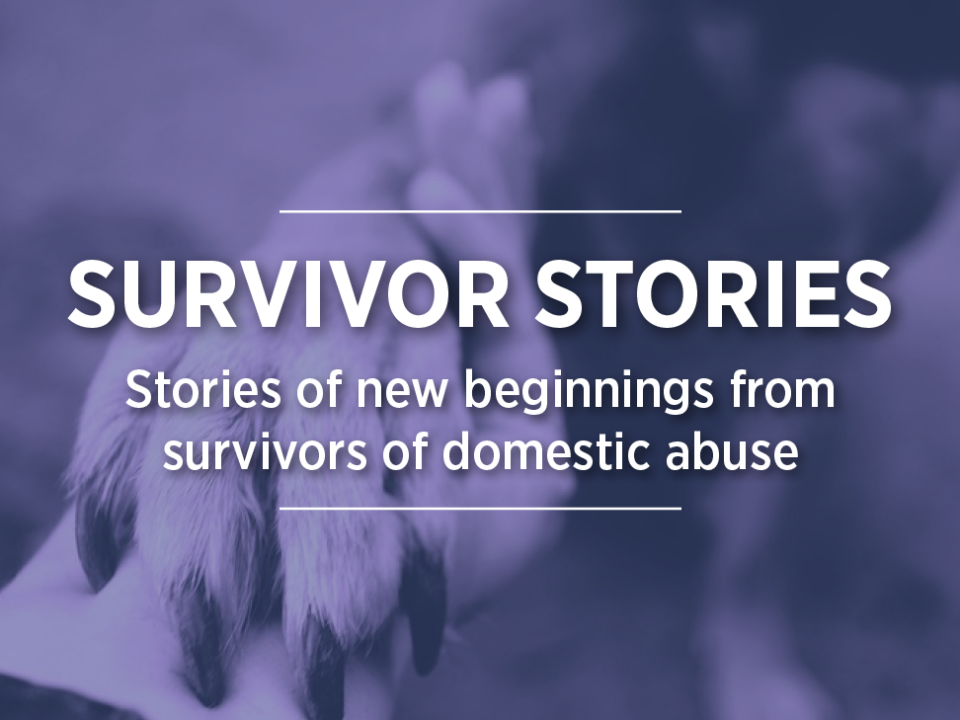Saving Fenwick: A Happy Tail
May 6th, 2022
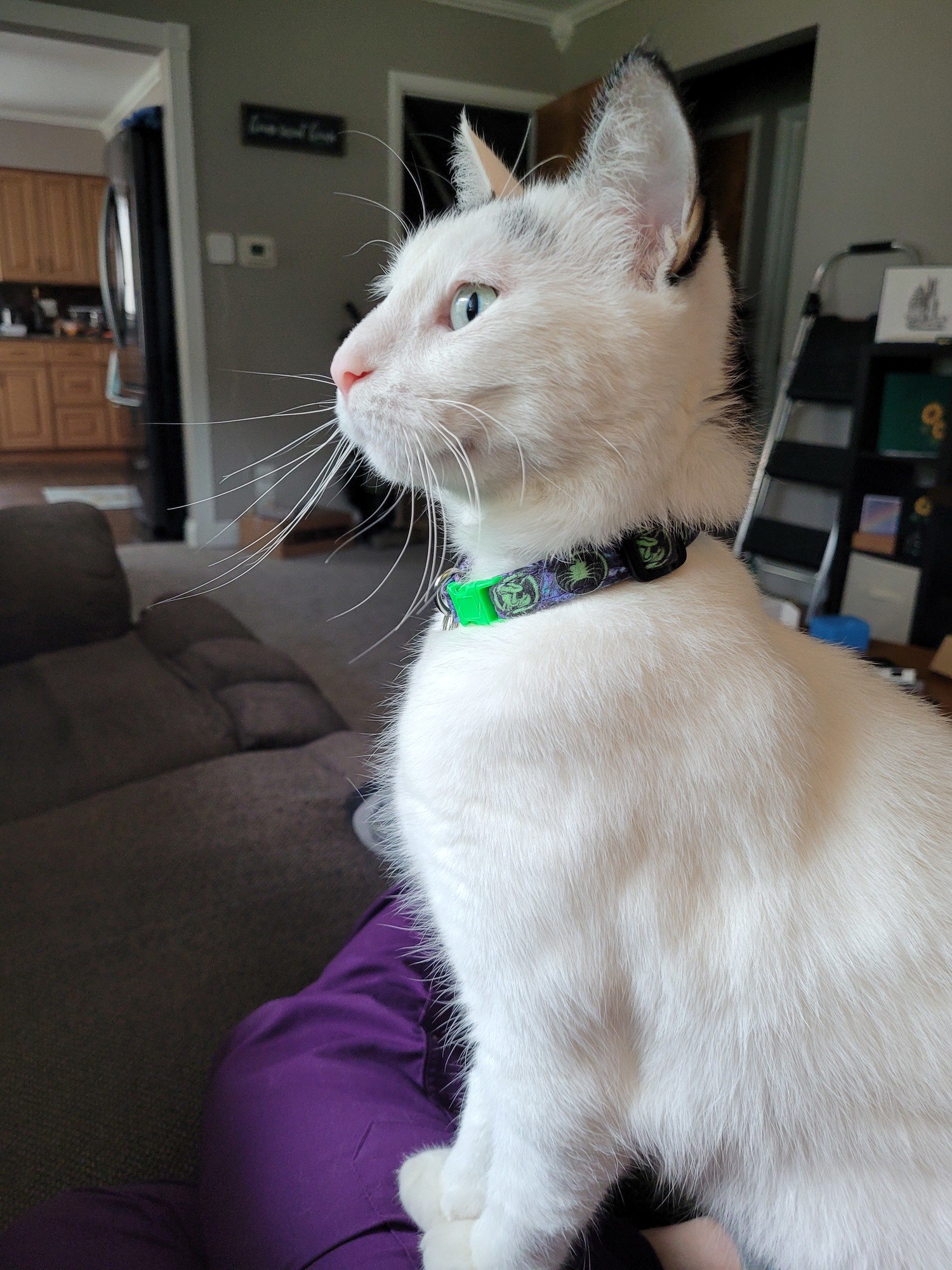 By Savannah Verdon, Development and Engagement Coordinator
By Savannah Verdon, Development and Engagement Coordinator
Four years ago when Brenda worked for her local animal control agency, a little black and white cat was brought in as a stray. He was in rough shape, but Brenda could see in his bright, pale blue eyes that he was just as much of a fighter as he was a lover, and she decided he would be coming home with her.
After she got him the veterinary care he needed, Fenwick quickly made himself at home with Brenda and her dog, Hansel. Because they were about the same age, Fenwick bonded closely with Hansel, and they could often be found snuggled up next to each other. In fact, Brenda wondered if her Fen, as she called him, thought of himself as more of a dog than a cat, but his non-stop purring proved his feline bona fides. Every day she looked forward to him greeting her at the door when she came home, chirping with joy to see his favorite human.
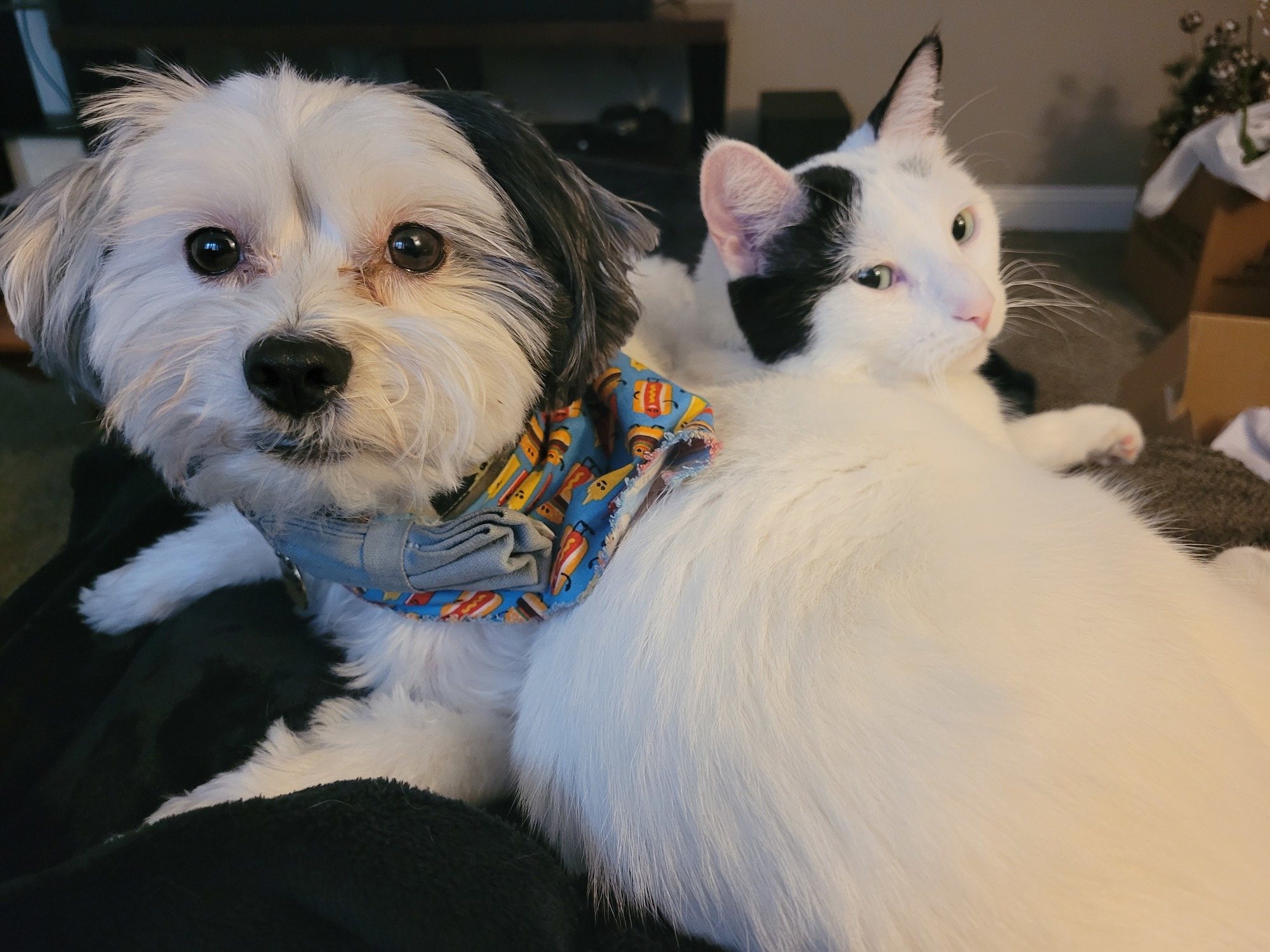
Because Fen was usually such a happy little boy, it was particularly noticeable any time he was not feeling well. Like all male cats, he was vulnerable to blockages in his urethra. Brenda had seen what can happen when blockages go untreated in her time with the animal control agency, so she was vigilant for any signs that Fen might be experiencing one. When she realized last summer that he was struggling to use his litter box and exhibiting all the symptoms of a blockage, she was prepared to get him the treatment he needed as soon as possible.
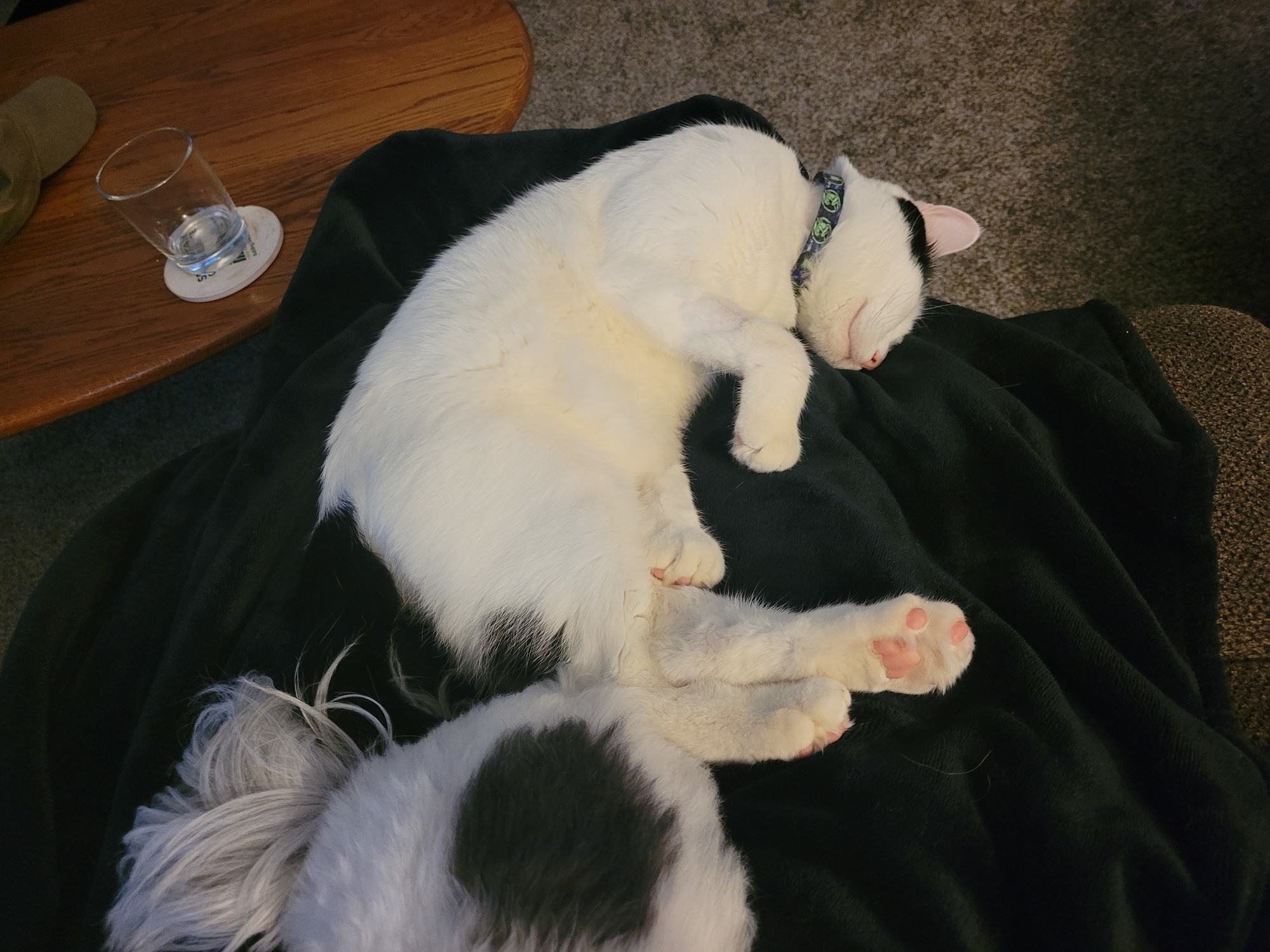 Fenwick was hospitalized and had a urinary catheter placed, but after the catheter was removed and Brenda brought him home, he reblocked almost immediately. The veterinarian replaced the urinary catheter and kept him at the hospital for 72 hours, after which Fen went home with medications and a prescription diet to hopefully prevent any additional blockages. Unfortunately, he began showing signs of another blockage soon thereafter, and Brenda brought him to the veterinarian one again for hospitalization.
Fenwick was hospitalized and had a urinary catheter placed, but after the catheter was removed and Brenda brought him home, he reblocked almost immediately. The veterinarian replaced the urinary catheter and kept him at the hospital for 72 hours, after which Fen went home with medications and a prescription diet to hopefully prevent any additional blockages. Unfortunately, he began showing signs of another blockage soon thereafter, and Brenda brought him to the veterinarian one again for hospitalization.
This time, Fen’s bladder was dangerously close to rupturing. The veterinarian performed a cystocentesis procedure wherein they drained his bladder and inserted another urinary catheter. After three days in the hospital, Fen returned home with Brenda to resume his course of medication.
He had been doing well, but just days later, Brenda was disheartened to see that Fen had blocked again. Urinary catheters and medication alone weren’t working, and she was reluctant to put him through another hospitalization if it was likely the blockages would keep recurring. She knew that his best option would be a perineal urethrostomy (PU) surgery. By removing the narrowest part of his urethra, Fen would have a much lower likelihood of reblocking and an easier time using his litter box. The trouble was, Brenda had spent so much money on his recent hospitalizations, medications, and prescription diet that paying for the surgery seemed impossible.
But her sweet boy had always been a fighter, and she was going to do the same for him. Brenda had sacrificed hours of sleep to provide around the clock care for Fen up until his most recent blockage, and though she was exhausted, she invested every bit of energy she had left into finding help to afford his PU surgery.
When she learned her application for a RedRover Relief Urgent Care grant had been approved, she was freed of her fear that she wouldn’t be able to help Fen. He was already at the hospital receiving treatment, so there was no delay in beginning the surgery. Brenda held her breath throughout his recovery, wary of another blockage. After several weeks had passed without complications, little Fenwick was fully recovered and thriving.
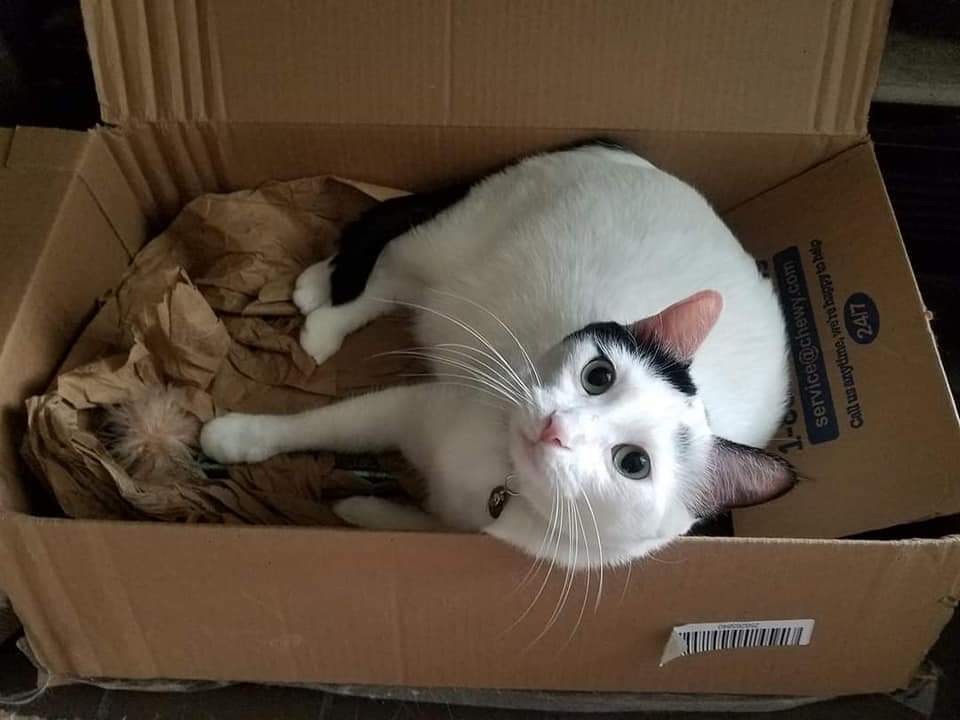
It was difficult to tell who was happiest: Hansel, for having his brother home and healthy; Fen, for finally living without pain; or Brenda, for knowing there were many more good years with her boys to come.
Like Brenda, our gratitude for second chances like this is immeasurable. Because of our FurEver Friends, RedRover can always answer the call to keep families together through crisis. 🖤

